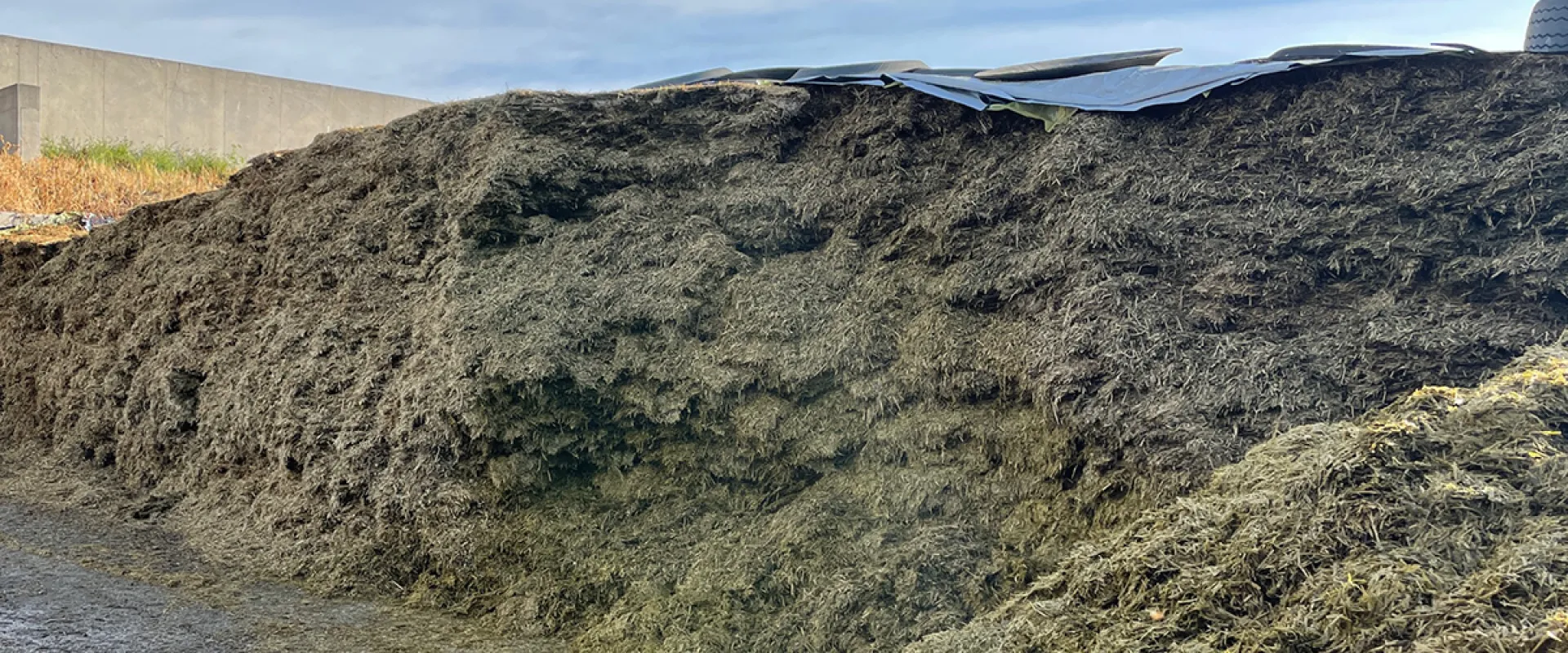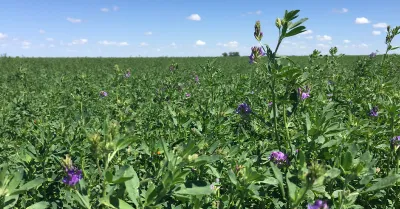High amounts of butyric acid in your silage can be a nightmare on a farm. It results in silage that is unappealing to your cows due to its slimy feel and fishy smell. And if your cows undereat, they underperform.
Worse yet, if your cows do eat silage contaminated with butyric acid, they’re eating silage that has degraded protein; meaning that they’re not meeting the protein requirements they need from their feed. Even worse still, if cows ingest silage with butyric acid present, they increase their chances of entering a state of ketosis which leads to decreased body weight and decreased milk production. Even heifers and pregnant cattle are at risk for adverse health effects.
But how do we prevent butyric acid in silage?
We have to manage clostridia. When harvesting alfalfa and grass forage, if your dry matter is lower than 35%, there’s an increased possibility of clostridia growth. Clostridia spores can be present in any forage and in the right conditions, they can wake up and cause a clostridial fermentation, which leads to butyric acid.
But clostridia’s presence alone isn’t a cause for concern. As we said, it can be in your silage regardless of the presence of butyric acid. You can decrease the risks of clostridial contamination with some best practices during planting and harvesting (see below) but you can’t eliminate it entirely. And that’s ok, if you keep your pH levels low.
Now we’re getting to the crux of the problem! Just because there’s clostridia present in your silage, there isn’t necessarily butyric acid. Clostridia become active when your pH is too high and this can happen for a few reasons. A high pH can be a result of inadequate packing, slow or inadequate acidification, high ash contents, and many others. When the pH rises above the critical level, presto, clostridia ‘wake up’! They start producing butyric acid and all the headaches that come with it. And once it’s there, the problem will only get worse with time.
Lactic acid to the rescue!
Lactic acid bacteria can work quickly to produce lactic acid, drop the pH and inhibit clostridia, meaning that the likelihood of butyric acid decreases. However, it’s not enough to rely on naturally occurring lactic acid bacteria alone. They may not be able to reach the critical pH for inhibition and clostridia can quickly get out of control in hard-to-ensile forages.
You can enhance your lactic acid bacteria in high moisture or hard-to-ensile forages with a product like BONSILAGE FORTE, which quickly lowers the pH, effectively inhibiting clostridia growth and decreasing the risk of butyric acid fermentation, or BONSILAGE ALFA which rapidly lowers the pH level, provides protection against reheating and effectively inhibits clostridia and the risk of butyric acid fermentation and protein degradation.
Managing clostridia before ensiling
The clostridia population on the farm can be lowered by implementing proper management practices.
Clostridia end up on crops through two primary means: the soil itself, and via manure spreading. During harvest, forages that are wilted are more likely to bring in ash and manure from the ground. Manure is the perfect environment for clostridia, so care when spreading is a must.
To minimize soil and manure contamination, rapidly wilt your forage. If it gets rained on during wilting, let it dry out more if possible. When spreading manure, allow more time between manure. A good rule of thumb is to spread soon after cutting rather than right before harvesting. To truly minimize clostridia when applying manure, we recommend direct injection over broadcast spreading.
And as always, to guarantee hygienic silage, use a high-quality inoculant like BONSLAGE FORTE or BONSILAGE ALFA. When harvesting when the moisture level is high, BONSILAGE FORTE is a must.



